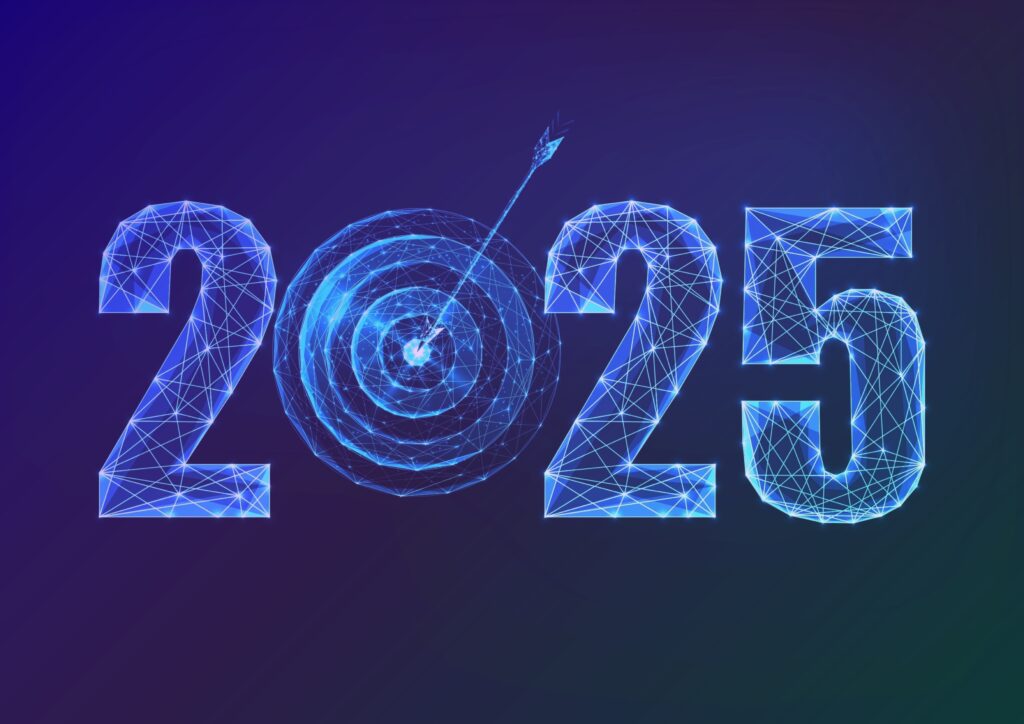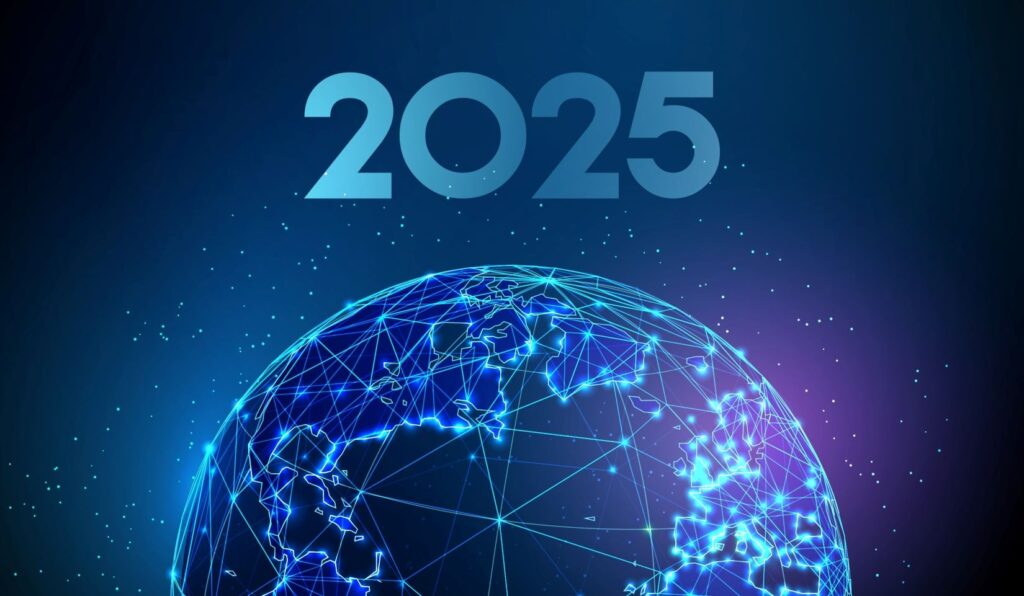Operational Technology (OT) systems form the backbone of critical infrastructure across various industries, ranging from manufacturing plants and utilities to transportation networks and financial institutions. Unlike traditional Information Technology (IT) infrastructure, which primarily focuses on data processing and communication, OT systems are specifically designed to monitor, control, and automate physical processes and equipment. As a result, they present a distinct set of challenges and considerations that differ significantly from those encountered in IT environments.
Unique challenges in OT environments
The specialized nature of OT environments introduces complexities that pose unique challenges to effective monitoring and management. These challenges often arise from the presence of legacy systems, proprietary protocols, and stringent real-time data requirements inherent in OT operations. Legacy systems, which may have been in operation for decades, can be challenging to integrate with modern monitoring tools and technologies, leading to compatibility issues and limited interoperability. Additionally, proprietary protocols used in OT devices and machinery may lack standardization and require custom development efforts to facilitate communication with monitoring platforms.
Furthermore, OT environments often operate in real-time, requiring instantaneous data processing and response capabilities to ensure operational continuity and safety. The need for timely decision-making and rapid incident response amplifies the complexity of monitoring OT systems, necessitating robust infrastructure and advanced analytics capabilities.
Adopting a holistic approach to monitor OT systems
In light of these challenges, organizations must adopt a holistic approach to monitoring OT systems, leveraging specialized tools and expertise to overcome the unique obstacles inherent in OT environments. By understanding and addressing these challenges proactively, organizations can deploy effective monitoring solutions that provide comprehensive visibility, control, and insights into their OT infrastructure, ultimately enhancing operational efficiency, reliability, and security. Let’s explore these challenges in the context of various sectors:
Industry and Manufacturing:
- Legacy Systems: Many manufacturing facilities rely on legacy OT systems that may lack modern communication protocols or interoperability with standard monitoring tools. Integrating these legacy systems into a centralized monitoring solution can be complex and require specialized expertise.
- Proprietary Protocols: OT devices and machinery often use proprietary communication protocols that are different from standard IT monitoring tools. Adapting these protocols to communicate with monitoring platforms may require custom integration solutions.
- Real-time Data Requirements: In manufacturing environments, real-time monitoring and control are essential for ensuring production efficiency and product quality. Monitoring OT systems in real-time requires low-latency data processing and analysis capabilities to detect and respond to issues promptly.
Utilities and Telecommunication:
- Legacy Infrastructure: Utilities and telecommunication companies often operate critical infrastructure with long lifecycles, resulting in legacy OT systems that may be challenging to monitor and maintain. Upgrading or replacing these legacy systems while ensuring continuous operations presents significant logistical and technical challenges.
- Proprietary Protocols: OT devices in utility grids and telecommunication networks may use proprietary protocols optimized for specific tasks, such as SCADA systems for energy distribution or SONET/SDH for telecommunications. Integrating these proprietary protocols into a centralized monitoring solution requires specialized expertise and custom development.
- Real-time Data Requirements: Utilities and telecommunication networks demand real-time monitoring capabilities to detect and respond to events such as power outages, network congestion, or equipment failures. Meeting these real-time data requirements requires scalable and resilient monitoring infrastructure capable of processing large volumes of data in near real-time.
Retail, Bank & Insurance Networks:
- Diverse IT Ecosystems: Retail, banking, and insurance networks encompass a diverse range of IT and OT systems, including POS terminals, ATMs, and security systems. Managing and monitoring these diverse ecosystems requires a comprehensive monitoring solution capable of integrating with disparate systems and protocols.
- Proprietary Protocols: OT systems in retail, banking, and insurance networks often use proprietary communication protocols to facilitate transactions and operations. Integrating these proprietary protocols into a centralized monitoring platform may require custom development or specialized middleware.
- Real-time Data Requirements: In retail and banking environments, real-time monitoring of transactions and customer interactions is critical for detecting fraud, ensuring compliance, and optimizing customer service. Meeting these real-time data requirements requires monitoring infrastructure capable of processing and analyzing data in milliseconds.
Academic, Education & Research:
- Specialized Equipment: Research laboratories and educational institutions rely on specialized OT equipment for experiments, simulations, and data analysis. Monitoring these diverse and often bespoke systems requires a monitoring platform capable of interfacing with a wide range of sensors, instruments, and devices.
- Proprietary Protocols: OT systems in academic and research environments may use proprietary protocols or data formats tailored to specific scientific instruments or equipment. Integrating these protocols into a centralized monitoring solution requires flexibility and adaptability to accommodate diverse data sources.
- Real-time Data Requirements: In research laboratories, real-time monitoring of experiments and data acquisition is essential for capturing time-sensitive phenomena and responding to experimental conditions promptly. Meeting these real-time data requirements necessitates monitoring infrastructure capable of high-speed data acquisition and processing.
Housing Management, Residential Care, Hotels:
- Legacy Infrastructure: Housing management, residential care, and hotel facilities often rely on legacy OT systems for building automation, environmental control, and guest services. Monitoring these legacy systems presents challenges due to compatibility issues, limited integration options, and vendor-specific solutions.
- Proprietary Protocols: OT systems in residential and hospitality environments may use proprietary protocols or interfaces for controlling HVAC systems, lighting, access control, and guest amenities. Integrating these proprietary protocols into a centralized monitoring platform may require custom development or middleware solutions.
- Real-time Data Requirements: In residential care and hotel environments, real-time monitoring of building systems, security cameras, and guest amenities is essential for ensuring resident and guest comfort, safety, and satisfaction. Meeting these real-time data requirements requires monitoring infrastructure capable of continuous data collection, analysis, and response.
Monitoring operational technology (OT) systems presents unique challenges and considerations across various sectors, including industry, utilities, retail, academia, and hospitality. Legacy systems, proprietary protocols, and real-time data requirements are among the key challenges organizations face when extending monitoring capabilities beyond traditional IT infrastructure to include OT systems and equipment.
IT / OT convergence: importance of centralized monitoring
As the complexity of modern IT and operational technology (OT) environments continues to grow, the need for a centralized monitoring solution has become increasingly evident. Organizations operate across multiple sites, each equipped with a myriad of IT and OT equipment crucial for daily operations. Without a centralized monitoring solution, gaining comprehensive visibility into this diverse ecosystem becomes a daunting task. It’s not just about monitoring IT infrastructure anymore; it’s about ensuring the health and performance of various OT equipment spread across different locations. A centralized monitoring solution acts as a single pane of glass, providing organizations with the capability to monitor and manage both IT and OT assets efficiently, regardless of their physical location.
However, despite recognizing the importance of centralized monitoring, organizations face significant challenges in effectively monitoring their OT environments. One of the primary difficulties lies in the lack of complete visibility of all critical equipment on each site. OT infrastructure often comprises a mix of legacy systems, proprietary protocols, and specialized devices, making it challenging to ensure comprehensive monitoring coverage. Additionally, the absence of end-to-end visibility between business applications and on-site equipment further compounds the problem. Without a clear view into how OT equipment interacts with business processes, organizations struggle to identify and address issues promptly, leading to potential downtime, safety risks, and operational inefficiencies.
To address these challenges, organizations must prioritize the adoption of centralized monitoring solutions designed to provide holistic visibility and control over both IT and OT infrastructure. By implementing a centralized monitoring platform, organizations can streamline monitoring processes, gain real-time insights into the health and performance of critical equipment, and improve overall operational efficiency. Moreover, a centralized approach enables organizations to proactively identify and mitigate potential issues before they escalate, ensuring uninterrupted operations and enhancing business resilience in an increasingly complex digital landscape.
To go Further
- Meet the challenges of IT and OT convergence to connect the physical and digital worlds. Check out our ebook “Bridging the physical and digital worlds”, where we help IT Operations teams navigate convergence challenges and share expert tips for achieving smooth visibility and efficiency! Download our ebook.
- Have a look at our blog Monitoring OT with Centreon and Raspberry Pi
- Learn more about Centreon editions: The Centreon platform is available in several editions. Choose the one that best suits your needs. Compare Centreon editions. Centreon Monitoring is available as a SaaS version. Discover Centreon Cloud.
- Contact us for a Centreon demo.
- To keep up to date with Centreon news and event, sign up for our newsletter.
- Visit our resource center: ebooks, guides, reports, success stories, tutorials, and more to help you in your IT monitoring 🙂















